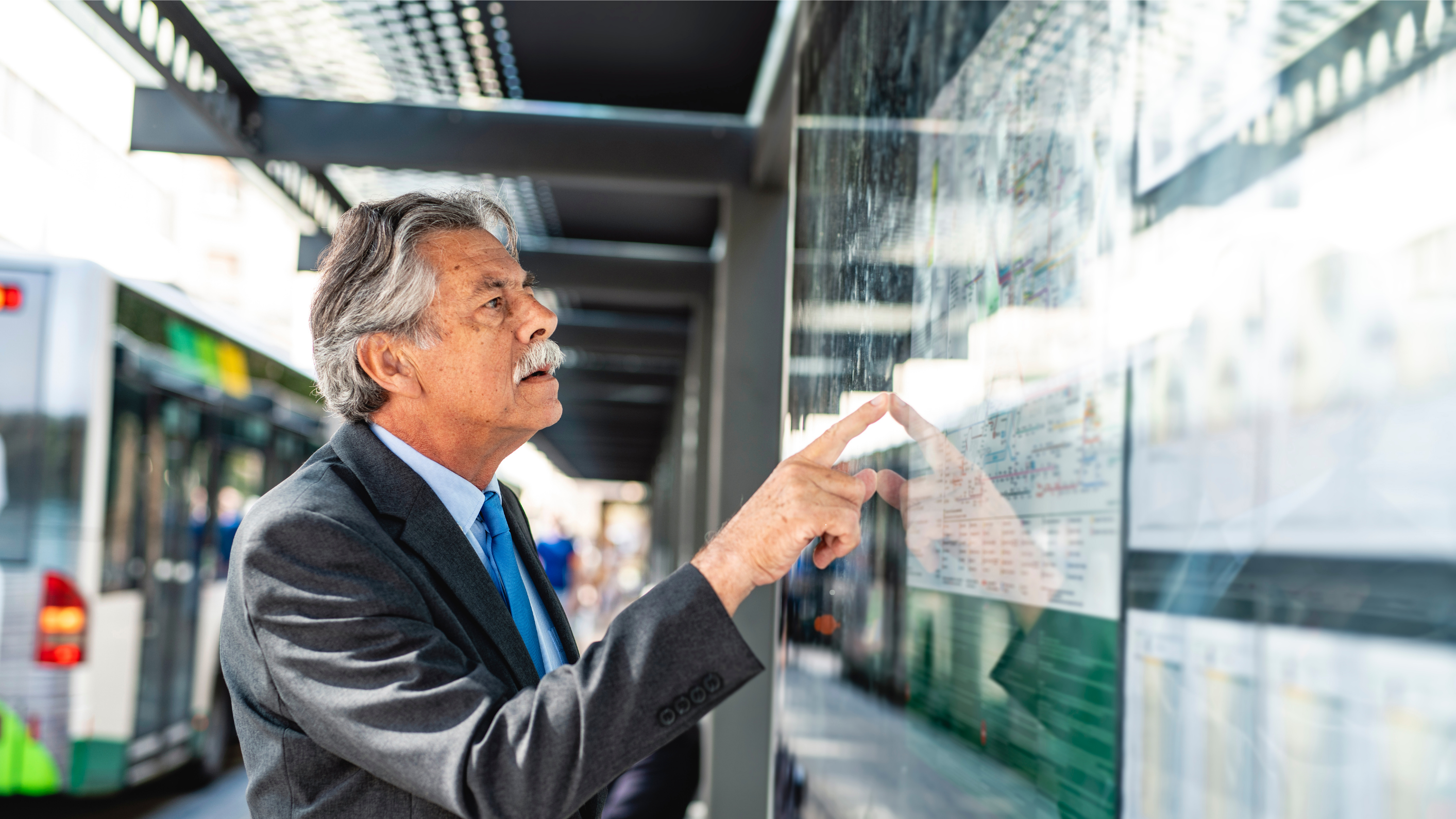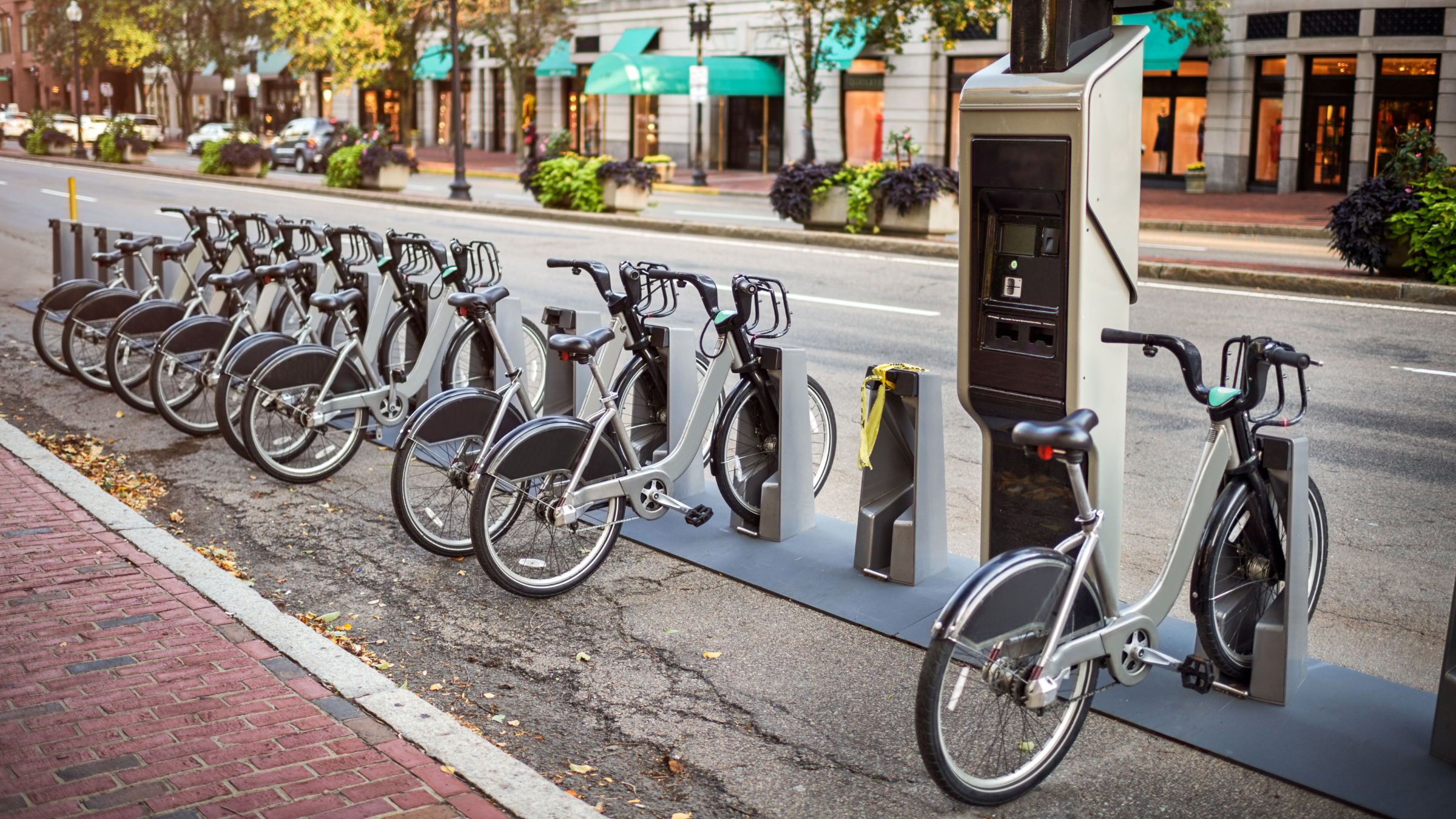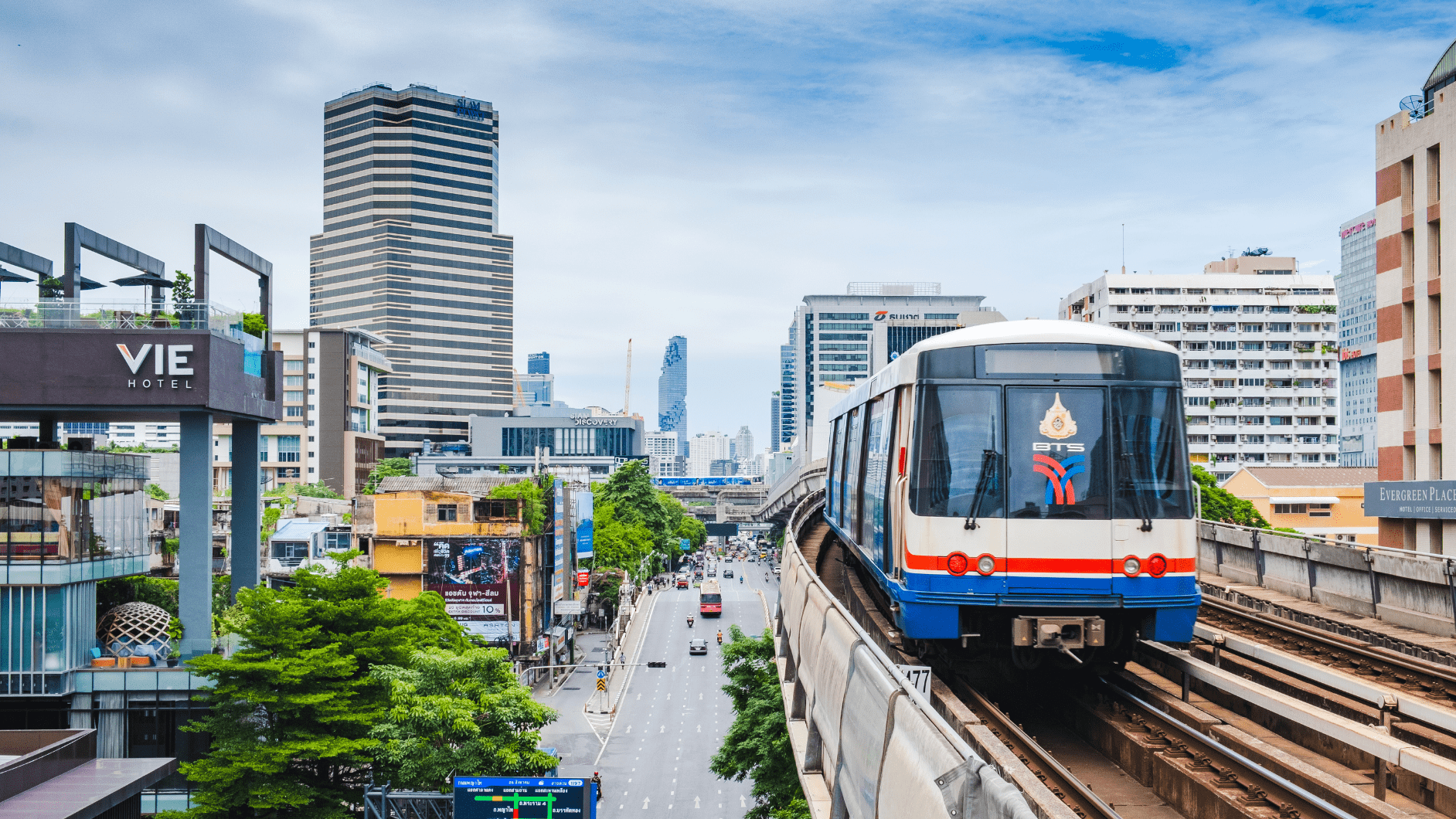What Is Mobility As A Service? Everything You Need To Know
by Andreea

Creating a smooth, hassle-free, and efficient public transit experience is a leading priority for every city around the world. As technology advances, Mobility as a Service (Maas) is helping to unlock a unique and connected offering for travellers.
What is Mobility as a Service, though? In this latest article, we thought we would take a deep dive into MaaS, exploring how it works and some of the biggest advantages it can provide.
What Is Maas (Mobility As A Service)?
Nowadays, technology impacts every aspect of our lives. It is helping to reshape not only how we live and work, but also how we get around. MaaS is a complete solution designed to integrate multiple forms of transport into one single app. From the moment they leave their front door to the point of arriving at their destination, travellers will enjoy a seamless experience.
At its core, MaaS is a digital platform that combines various modes of transportation into a single accessible service. Whether it is buses, trains, bikes, ridesharing, or even electric scoots, Mobility as a Service offers a flexible way to get from point A to point B. The technology is much more than just an app, though. It is a holistic approach to transportation that aims to simplify the user experience and offer everything from journey planning to payment processing under one roof.
The solution integrates real-time data from transportation providers, allowing users to access the most relevant information. Whether it’s the available transit options, comparing routes, or judging costs, the ultimate goal is to create a simple and efficient process. The aim is to help shift people away from private car use and instead to more sustainable and efficient transportation solutions.
How Does MaaS Work?
In order to truly answer the question, “What is Mobility as a Service?” it’s important to understand how it works. The solution is very straightforward and consists of five core components:
Integrating of transport services
In order to ensure that customers have the smoothest experience possible, the first step in implementing Mobility as a Service is to integrate all of the required transport services. This will include public transit, ridesharing, car rentals, bike sharing, and more. This will allow users to switch between modes, depending on what suits their needs best.
User-centric experience
Another core component of any MaaS app is its user-centric experience. It should provide users with a personalized journey planner, taking into account their preferences, such as the fastest route, cheapest fare, or most eco-friendly. The user should also be able to plan, book, and pay for their complete journey in just a few clicks.
Payment solutions
Instead of dealing with multiple tickets or passes, MaaS will allow users to pay for their entire journey through one platform. Digital wallets or contactless payments can often facilitate this.
Real-time information
MaaS relies on real-time data to provide accurate information for passengers. This will include traffic conditions, delays, and availability of services. By leveraging this information, users will be able to make informed decisions on potential disruptions.
Subscription models
Finally, some MaaS platforms also offer subscription services that allow users to pay for a subscription service. This could be a monthly fee for unlimited features or additional functionality within the app. For example, the London Underground’s Go app offers a subscription service that removes ads and unlocks the ability to know which carriage opens by the exit for a faster journey.
Contactless Payments And Mobility As A Service
Contactless payment is a critical aspect of MaaS. In today’s fast-paced world, users expect convenience, so having to deal with multiple transit cards or transactions can be a major barrier to adoption. Contactless payments streamline the process, making it easier for users to access and pay for transportation.
This helps to enhance MaaS in a number of ways:
Simplicity
Contactless payments allow users to tap their card, smartphone, or wearable device to pay for their travel. This eliminates the need for physical tickets and reduces waiting times, enhancing the overall user experience.
Unified payment system
A Mobility as a Service platform that supports contactless payments unifies all payment methods into one system. No matter whether it’s a bus ride, renting a bike, or traveling via train, users can do so seamlessly without switching between apps.
Security and reliability
Contactless payments are designed with security in mind. Transactions are encrypted, reducing the risk of fraud. For transit agencies and operators, this means fewer concerns about fare evasion and more reliable revenue collection.
Enhanced data collection:
Users paying via contactless methods generate valuable data for transit agencies. This data can be analyzed to understand user behavior, optimize services, and create more personalized offerings.
Futureproofing
As technology continues to evolve, the demand for faster and more efficient payment methods will grow. By adopting contactless payments, transit agencies can ensure they remain competitive and meet the expectations of modern travelers.
What Are The Benefits Of MaaS For Transit Agencies?
The adoption of MaaS solutions is able to provide a number of benefits to users and transit agencies alike. By providing a more convenient and integrated transportation experience, it will help to increase ridership. When people have access to diverse and reliable transit options, they are far more likely to opt for public transport.
MaaS platforms also help to provide transit agencies with a wealth of data. Operators can use this information to optimize routes, reduce congestion, and improve the allocation of resources. For instance, if certain routes are underutilized, agencies can adjust service to better match demand.
Transit agencies can also use the platform to explore new revenue streams. This could be premium services such as faster routes or more comfortable travel options, while it can also offer additional advertising opportunities. Additionally, the increased number of travelers and the convenience it offers will lead to higher fare revenue.
One of the main goals of MaaS is to reduce the reliance on private vehicles. This decreases traffic congestion and lowers carbon emissions, creating a more sustainable urban environment.
A seamless, user-friendly experience can significantly enhance customer satisfaction. When users can plan and pay for their journeys effortlessly, they are more likely to have a positive perception of public transport services. This, in turn, can lead to higher levels of customer loyalty.
Finally, MaaS platforms are designed to be flexible. This means that transit agencies can quickly adapt to changing user needs or incorporate new forms of transport as they become available. For example, the rise of electric scooters and bike-sharing schemes has been easily integrated into many MaaS platforms.
Overcoming Challenges in Implementing MaaS
While the benefits of MaaS solutions are clear, implementing such a system does come with its challenges. Transit agencies and operators will need to consider several factors to ensure successful adoption.
Collaboration Across Sectors
Collaboration is often a major hurdle. MaaS requires cooperation between various stakeholders, including public transit providers, private companies, and technology vendors. Establishing these partnerships and ensuring seamless integration can be complex but is essential for a cohesive MaaS platform.
Infrastructure Investment
To support MaaS, certain transit agencies may need to invest in infrastructure upgrades. This usually focuses on digital systems and payment technology to ensure all transport forms can handle contactless payments and real-time data sharing.
User Adoption
For MaaS solutions to be truly successful, users need to be willing to adopt the new system. This may require marketing efforts to educate the public about the benefits and how to use the platform effectively.
Data Privacy and Security
MaaS platforms rely heavily on data collection, so user privacy and data security are paramount. Transit agencies must implement robust measures to protect this sensitive information and ensure compliance with relevant regulations.
Regulatory Compliance
Finally, MaaS involves multiple modes of transport, each governed by different regulations. Transit agencies must navigate this complex regulatory landscape to ensure that all aspects of the platform comply with each one.
What Is The Future of MaaS?
As urbanization continues to accelerate, the need for efficient and sustainable transportation solutions will only grow. By offering a seamless and user-centric experience, MaaS has the potential to transform how people move around cities.
When it comes to payment infrastructure and future-proofing your transit needs, Littlepay is here to help you. Launched in 2017, we have helped provide over 250 transport and mobility providers around the world with an express route to contactless payment. If you would like to find out how we can help you, get in touch with our team today!
Trending Topics

Wellington moves faster on open-loop payments with a partner-led overlay approach

Go-Ahead Becomes First Operator to Deploy GTI Across its Network

 Insight
Insight
 Knowledge
Knowledge
 News
News



